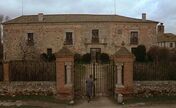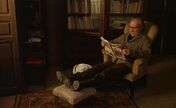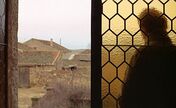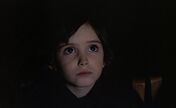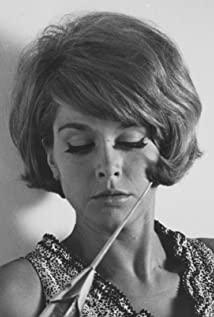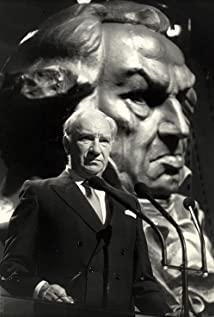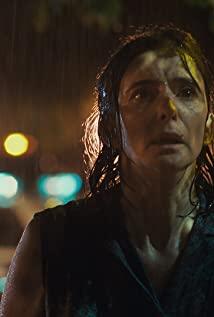Having said that, there are two brilliant points in the handling of this film: 1, it is the proper grasp of the shooting time; 2, the use of indoor light is appropriate. The combination of these two advantages actually refers to the appropriateness of the shooting - moderation, which is always the key point to test the ability of the filmmaker to grasp the mood, driving force and depth of the narrative. For that matter, Vie Ellis handled it pretty well.
First of all, there is a certain degree of slowness in the driving force of the narrative. There was no overstretching or sudden loosening throughout. Secondly, emotional stability or even forbearance ensures the stability of inner tension without losing control.
In addition, coupled with the proper casting, the film has a lot of extra points-the choice of actors, whether actors or models, requires careful consideration. Because a movie is inherently only suitable for one person (a group of people) to be on camera, not everyone. This is also an important part of the question of suitability.
Obviously, the film did a very good job. The choice of the girl at the center of the film's narrative is not only insightful but appropriate. points should be added.
Let's talk about flaws.
There is no doubt that film is an art form in which various elements cooperate and interact to form an inseparable whole. Then, if it is appropriate, good works must be appropriate everywhere, not bad.
So, by this standard, the film is slightly out of touch in color and rhythm. Empty houses in the wilderness, running away at night... these are all problems - not the scenes themselves, but the rhythm of these scenes in the composition of the picture, which is problematic. The problem is the intermittent jumping of colors — inconsistencies in what is technically a shot of the same scene with different depths of field. The empty house in the wilderness is the most telling: the sisters walk down the slope and edit with different depths of field - in fact, only a long lens can be used for this task, but the film uses a more complex technique ——In the superposition of the two shots, the difference in exposure is clearly seen, and the problem also follows. Due to the jumping of colors, the atmosphere rhythm of the whole scene is unstable. As a result, Frankenstein, who was supposed to "appear" next, lost the constant mysterious tension. The sisters' arrival at the well becomes a record of some kind of ritual; it is restored rather than used by the mysterious figure of Frankenstein who "should be there." Naturally, the color (light) contrast between the inside and outside of the empty house in the back also loses the possibility to be utilized. In the same way, when the girl encountered "Frankenstein" during the night out, the reflection in the water and the pictures on the shore also had the problem of too dark color. Whatever the reason, this is an irreparable fault.
View more about The Spirit of the Beehive reviews



